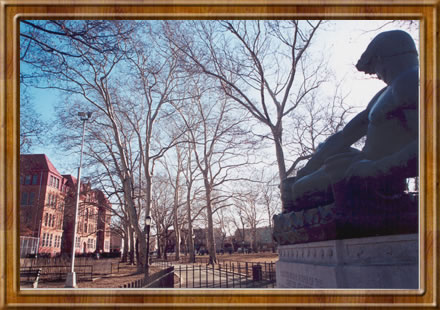The Greenpoint Monitor Museum |
P.S. 110 - THE MONITOR SCHOOL - CLASS TWO |
"Road Show" 2014/2015 |
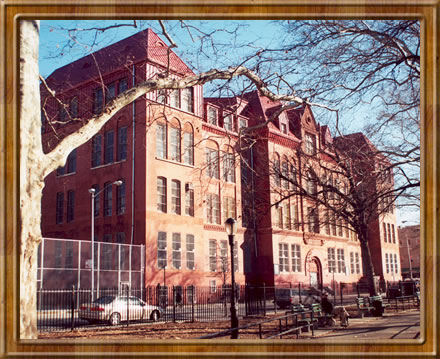
P.S. 110 - THE MONITOR SCHOOL
124
Monitor Street
GREENPOINT, BROOKLYN, N. Y.
WELCOME TO OUR "ROAD SHOW" CLASS!
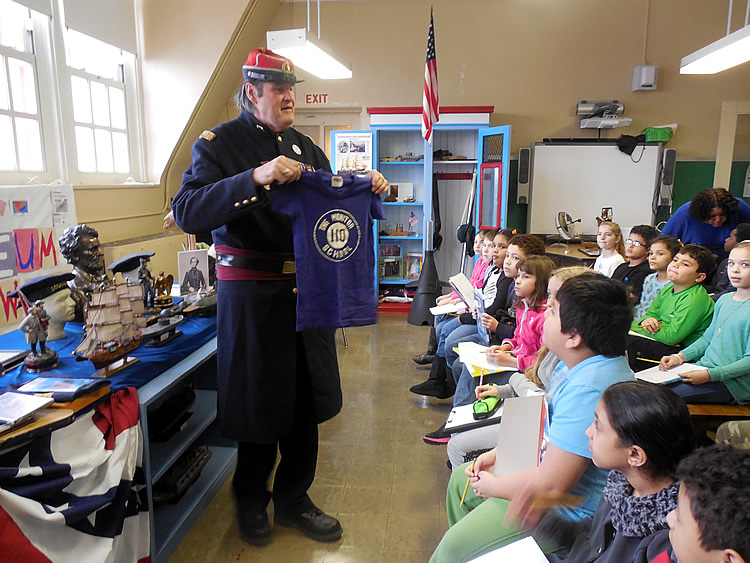
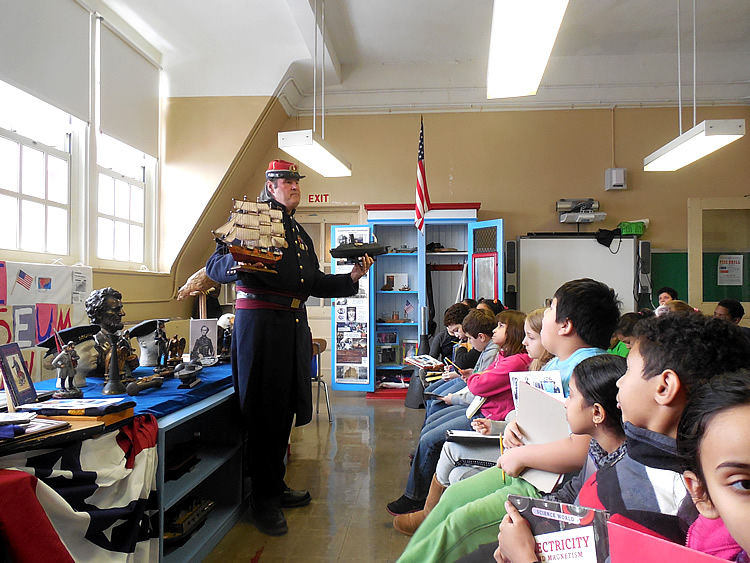
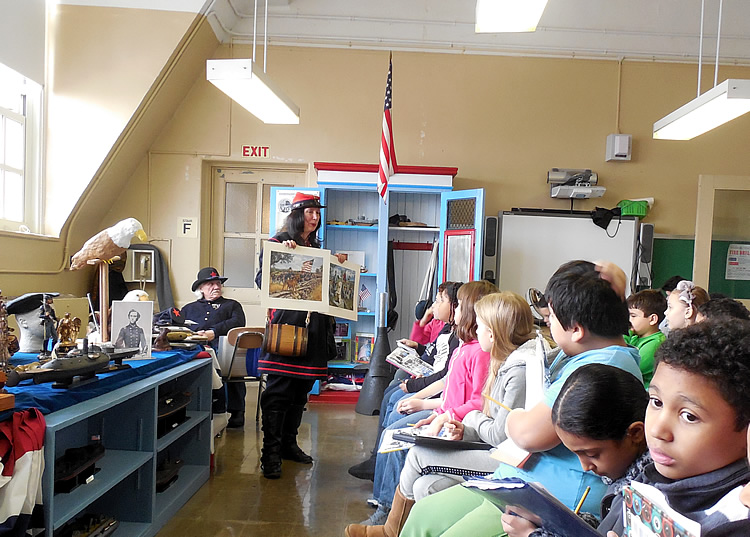
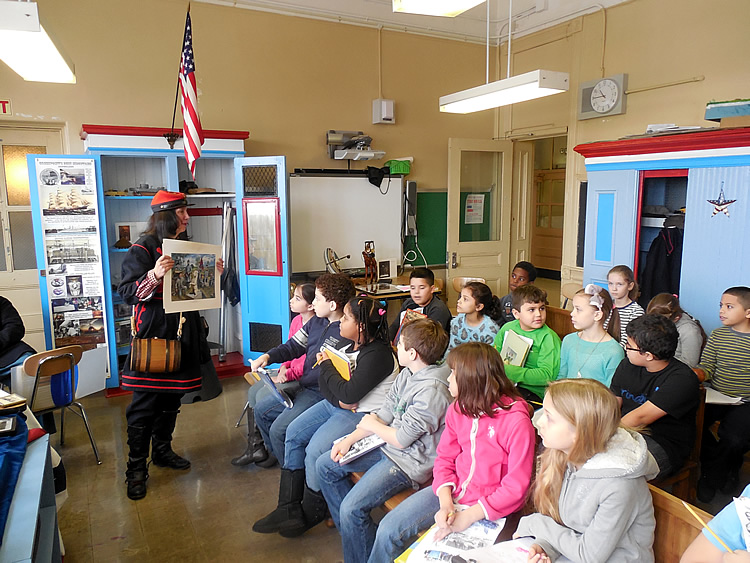
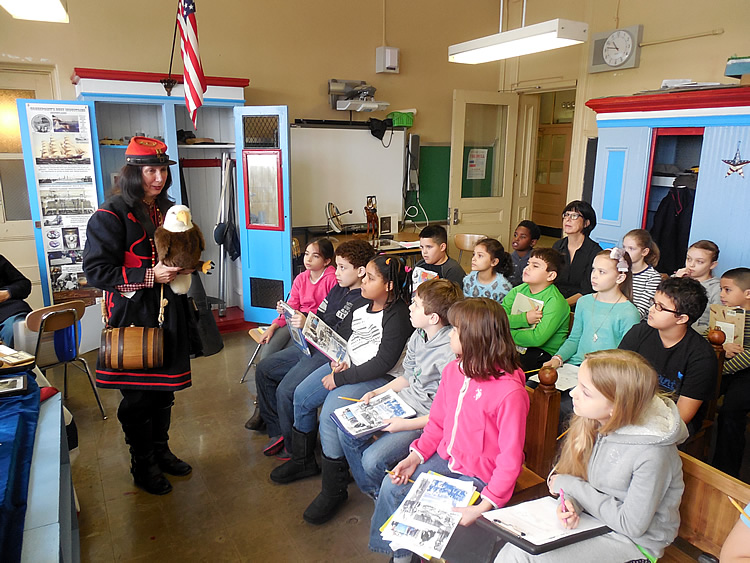
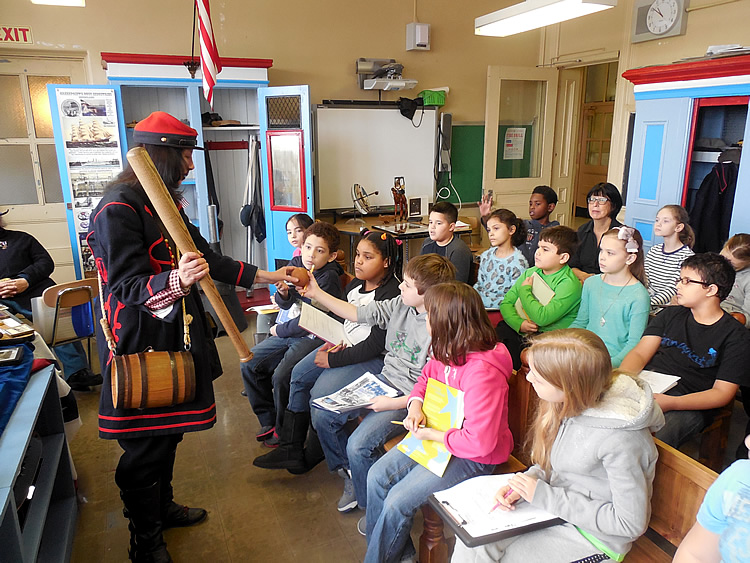
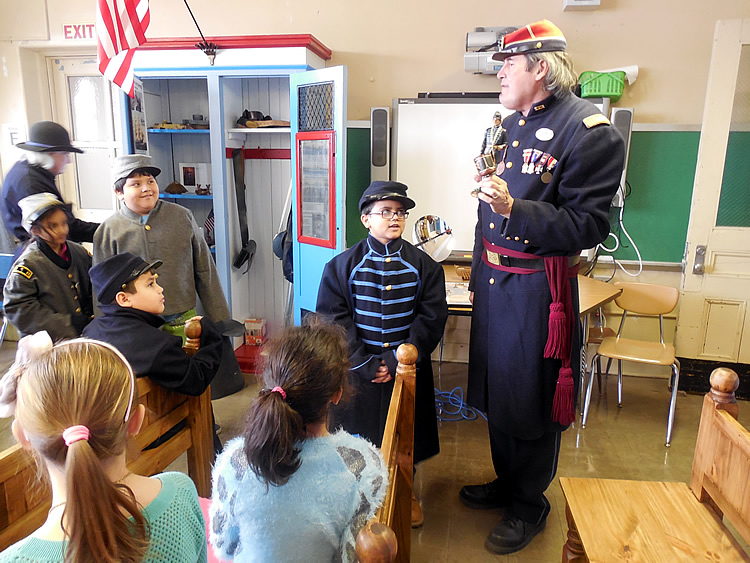
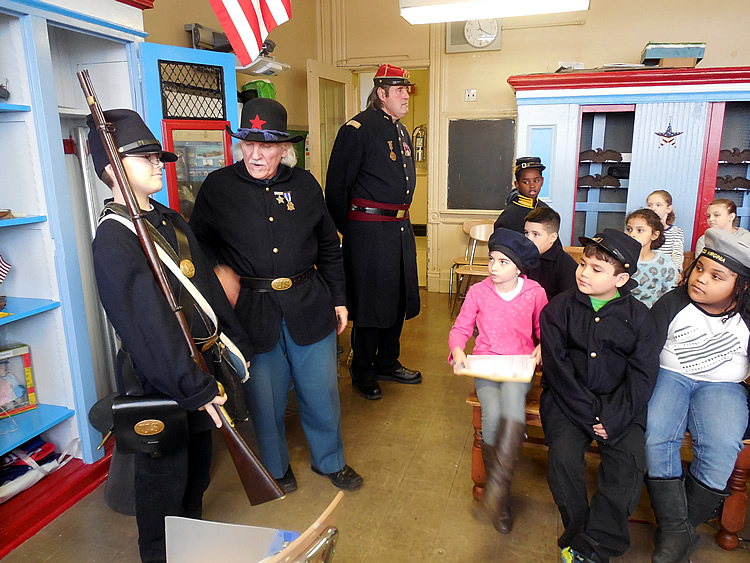
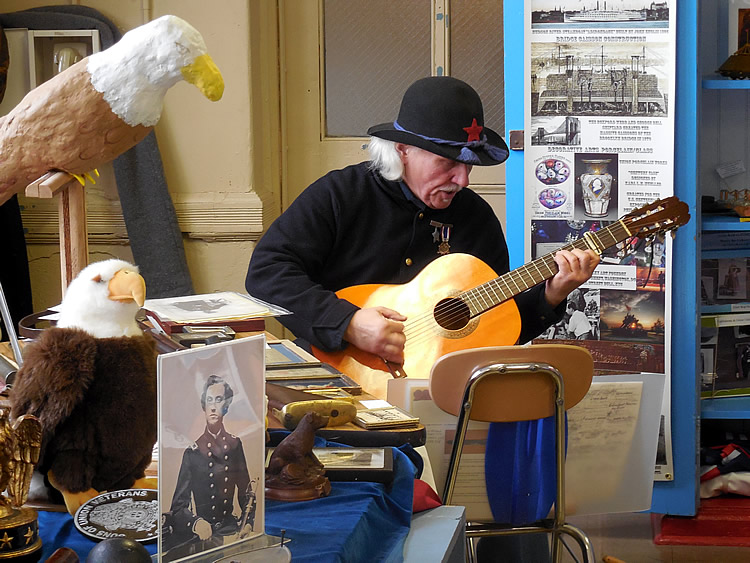
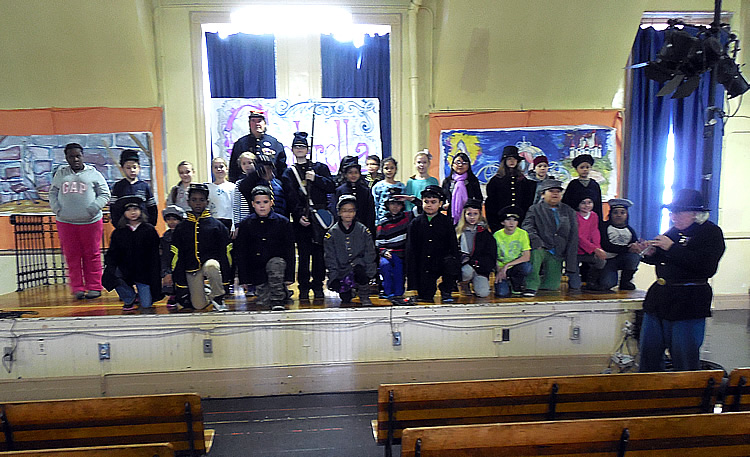
SEE MORE "ROAD SHOW" CLASS PHOTOS BELOW!
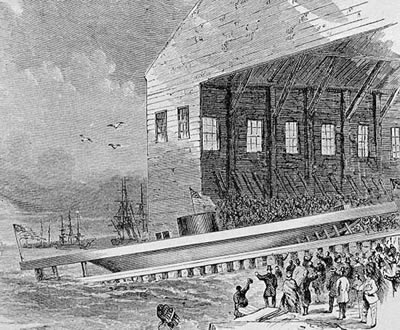
When John Ericsson came to New York in 1839,
the US Navy was still using wooden sailing ships
whose sails depended on the wind for power.
The wooden sailed frigate USS Constitution, which was
launched in 1797, was still in service and even
today can be seen in Boston, Massachusetts.
One of the last sailing frigates designed for the
United States Navy was the USS CONGRESS.
In the 1850's the US Navy included some wooden steam powered
frigates which also had auxiliary sails, but the older wind
powered frigates were still in use.
During the Civil War John Ericsson brought his plans for a
revolutionary type of ironclad warship to President Abraham Lincoln.
His new little warship was an ironclad. Its name was the USS Monitor.
It had a steam engine,
revolving turret with two 11 inch Dahlgren cannons,
propeller,
shallow draft and was very low to the water.
It was very different from the US Navy sailing frigates which
were
made of wood and some depended on the wind and their sails to
move.
They could not go in shallow water because they had
a deep draft.
He convinced President Abraham Lincoln to give the USS Monitor
a chance. John Ericsson came to Greenpoint to oversee the
construction of his new little warship at a company called
the
Continental Iron Works which was located at
Quay and West Streets and the East River in Greenpoint, Brooklyn.
Thomas Fitch Rowland was the owner of this company.
He and his workers built the USS Monitor.
Thomas Fitch Rowland and many of his workers who built
the USS Monitor lived in Greenpoint.
The USS Monitor took 100 days to build and was launched on
January 30, 1862.
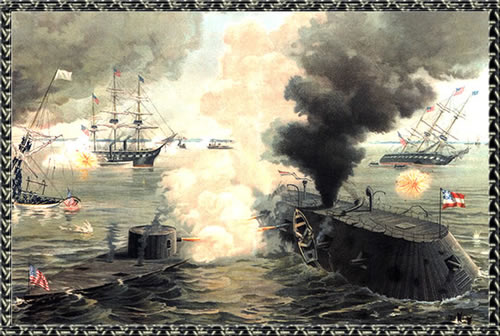
The USS Monitor left New York Harbor on March 6, 1862.
It arrived just in time to save the
US Navy at a naval battle
which was taking place at
Hampton Roads, Virginia.
Many of the US Navy's famous wooden
sailing frigates
were sunk during this battle including the USS CONGRESS.
They were being destroyed by a Confederate ironclad ship
called the CSS Virginia. Wood was no match to iron.
The CSS Virginia was once a
wooden Union Navy ship called the
USS Merrimac.
The Union burned the USS Merrimac so the
Confederates could not capture her but she did not burn below
the water line.
The USS Merrimac was steam powered and
had auxiliary sails.
The Confederates salvaged the Merrimac.
They removed her sails and covered her hull
with iron plate. She was then renamed the CSS Virginia
and began destroying the US Navy's wooden fleet.
The USS Monitor was ordered to save the US Navy sailing frigate USS Minnesota.
The ironclad USS Monitor saved both the USS Minnesota
and the
Union Navy on March 9, 1862
during this first battle between two ironclads.
The USS Monitor fought against the CSS Virginia.
Although the USS Monitor was smaller than the CSS Virginia,
John Ericsson's revolutionary design with its
revolving turret
saved the day!
Although the USS Monitor fought against the CSS Virginia,
the battle is more commonly known as the
"Battle of the Monitor and Merrimac".
The battle came to a draw, as neither ship actually destroyed the other,
but the USS Monitor arrived in time to stop the CSS Virginia from
destroying
the US Naval Fleet and helped save the UNION.
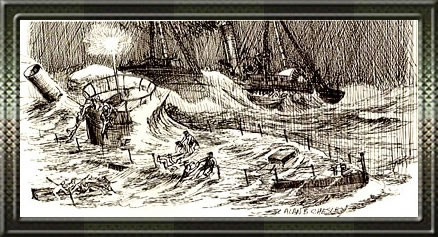
While being towed by the Rhode Island,
the USS Monitor got caught in a storm with dangerous waves.
Not following John Ericsson's design, caulking was placed
at under the turret at its connection to the ship after it was brought to the
Brooklyn Navy Yard. John Ericsson's design showed a
tight fit for the turret without caulking. The caulking became
loose during the storm and allowed water to enter under the turret.
Water entering the ship kept putting our her boilers. An
order was given to abandon ship.
The USS Monitor sunk on December 31, 1862.
Click on the pictures below.

|

|
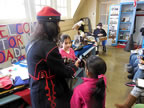
|
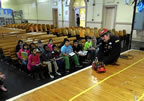
|

|

|

|

|

|
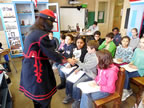
|

|
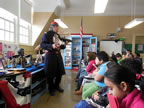
|
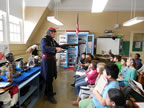
|

|

|

|

|

|

|

|

|

|
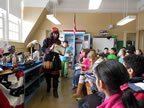
|
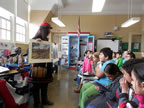
|
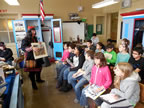
|

|

|

|
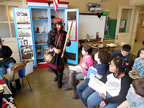
|

|

|

|

|

|

|

|

|

|

|
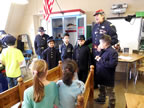
|
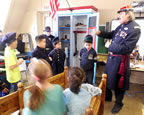
|
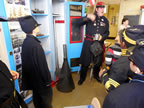
|
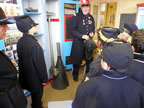
|
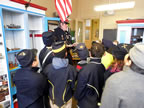
|

|
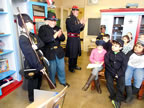
|

|

|

|

|

|

|

|

|

|

|
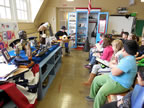
|
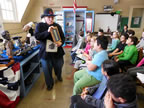
|
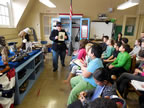
|
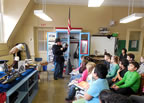
|
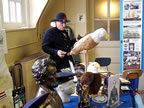
|
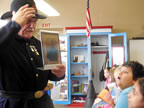
|
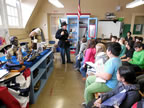
|

|

|
Back to the Greenpoint Monitor Museum "Road Show" Home Page
The Museum is not-for-profit with 501(c)(3) status.
CONTACT US:
THE GREENPOINT MONITOR MUSEUM
P.O. Box 220378
Brooklyn, New York 11222-0378
718-383-2637
Janice Lauletta-Weinmann, President, Webmaster
George J. Weinmann, Webmaster
Copyright © 2002-2016 Janice & George J. Weinmann
All Rights Reserved.
